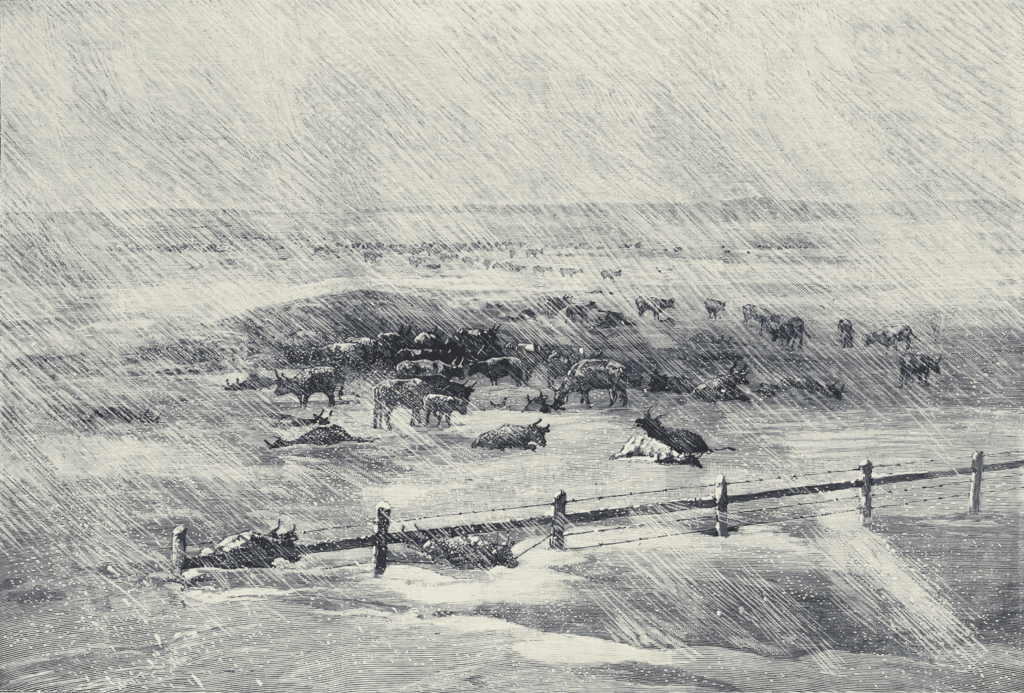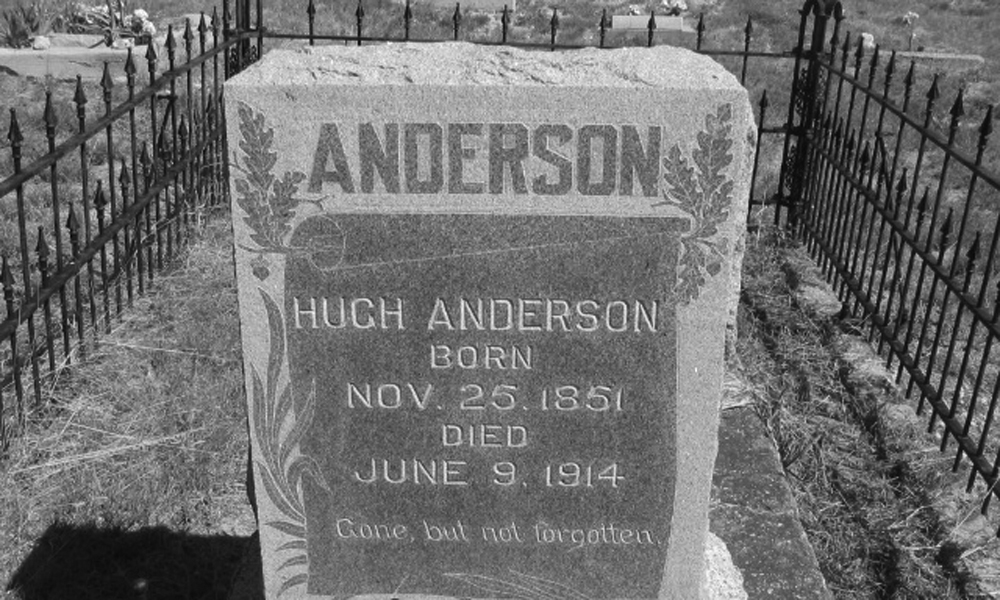
True West Archives
Who was in the posse that killed John Tunstall?
Neal Hathaway (Durango, Colorado)
On February 18, 1878, a “posse” deputized by Lincoln County Sheriff William Brady went to Tunstall’s ranch on the Rio Feliz to attach his cattle on a warrant that had been issued against his business partner, Alexander McSween.
Finding Tunstall, his hands, and the horses gone, a sub-posse broke from the main posse and went in pursuit. This group, made up of deputies Jesse Evans, Tom Hill, Buck Morton and Frank Baker, caught up with Tunstall a few miles from Lincoln. His hired guns—including Kid Antrim—had ridden ahead and were unable to help. Tunstall at first stayed with his horses, then rode away, with the posse in hot pursuit.
Only the deputies bore witness to what happened next. Tunstall may have surrendered, or he may have drawn his sidearm and tried to defend himself. Either way, Tunstall died instantly when hit by two rifle bullets, one in the chest and another that ripped through his brain. In the aftermath, Tunstall’s supporters claimed that he was murdered in cold blood. Supporters of the Dolan faction insisted that he had been shot down while resisting arrest by lawfully commissioned deputy sheriffs of Lincoln County.
The murder of John Tunstall provided the spark that ignited the Lincoln County War.

Were there any lengthy winters that affected the cattle industry on the Northern Plains?
Bud Haak (West St. Paul, Minnesota)
Two harsh winters in 1886-87 and 1887-88, followed by two dry summers, killed 80 to 90 percent of the cattle on the Plains.
On January 9, 1887, a blizzard hit, covering parts of the Great Plains in more than 16 inches of snow. Winds whipped, and temperatures dropped to around 50 below. Extreme cold killed humans and animals. Some people got lost near their houses and froze to death very near their front doors.
The winter of 1887-88 was a repeat of the previous year. On January 12, 1888, temperatures plummeted as low as -40 F, and icy winds ripped through the air at almost 60 miles per hour. In Nebraska between 250 and 500 people perished in the whiteout. Nicknamed “The Children’s Blizzard,” this devastating storm resulted in the deaths of many children who lost their way walking home from school. Those two years, known as the Big Die-off, transformed America’s agricultural industry and marked the ending of the open-range cattle business.

When did the U.S. Cavalry stop using sabers?
Joe Manriquez (Whittier, California)
The military stopped issuing sabers after World War I. However, toward the end of the Civil War, when large cavalry charges became less common, many replaced their cumbersome sabers with extra revolvers.
Today, some sabers are used for ceremonies. But they are a thing of the past (or of Westerns).
On a cattle drive, a trail boss would have a letter of credit; how would a store owner know that it was good, and how did he get his money?
Stanley Gooch (Little Rock, Arkansas)
Back then, a man’s word was his bond, especially in the cattle industry. If a merchant extended credit, it was a matter of honor to pay it back. Besides, the man needing credit was more than likely to pass that way again and need it again. Beginning in 1871, Western Union introduced electronic money transfers, so it was a simple matter to wire the money when one reached his destination.






